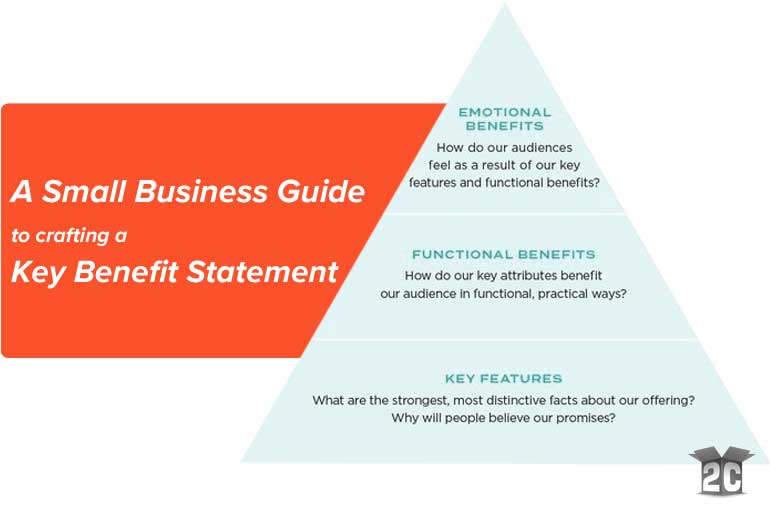
For small businesses, a clear and compelling key benefit statement can make all the difference in attracting and retaining customers. A key benefit statement communicates the most valuable advantage your product or service offers to your audience. It’s a concise way to tell potential customers why they should choose you over the competition.
Sometimes, this can be confused with a Unique Selling Proposition (USP), which is different. A key benefit statement and a unique selling proposition (USP) both communicate value but serve different purposes in marketing.
A key benefit statement focuses on the value to the customer, while the USP emphasizes the uniqueness of the offering. Both are essential but address different aspects of marketing messaging.
Key Benefit Statement:
- Focus: Highlights the most compelling advantage or benefit of a product/service for the customer.
- Purpose: Shows how a specific need or problem is addressed.
- Example: “Save 20 hours a week with our automated scheduling tool.”
Unique Selling Proposition (USP):
- Focus: Defines what sets a product/service apart from competitors.
- Purpose: Differentiates the business in a crowded market.
- Example: “The only scheduling tool designed specifically for freelance photographers.”
What Is a Key Benefit Statement?
A key benefit statement highlights the primary value your business provides to your customers. Unlike a list of features, which describes what your product or service does, a benefit statement focuses on how it improves the customer’s life or solves a specific problem. For example:
- Feature: “Our software automates payroll processing.”
- Benefit: “Save time and reduce payroll errors with our automated software.”
The benefit is customer-focused, addressing their pain points and demonstrating the tangible value your business delivers.
Why Small Businesses Need One
For small businesses with limited resources, a strong key benefit statement can:
- Attract attention: A benefit statement can grab a visitor’s attention and encourage them to learn more.
- Clarify Your Value: Clearly communicate why customers should choose you.
- Enhance Marketing Efforts: Create a consistent message across your website, social media, and ads.
- Build Customer Trust: Show that you understand and prioritize their needs.
- Convince: It can convince a potential customer to buy your product or service.
How to Define Your Key Benefit
Arriving at your key benefit requires self-reflection, customer research, and a clear understanding of your offerings. Start by asking these questions:
- What problem does my product or service solve?
- What challenges do my customers face?
- How does my offering address these challenges?
- What is the primary outcome or result my customers experience?
- Do they save time, money, or effort?
- Do they gain peace of mind or improved performance?
- What makes my solution better or different?
- Is it faster, easier, or more affordable than competitors?
- Does it offer a unique feature or experience?
- What emotions does my offering evoke?
- Does it make customers feel confident, secure, or happy?
Features of an Effective Key Benefit Statement
- Customer-Centric: Focused on the customer’s perspective, not just your product’s capabilities.
- Specific: Avoid vague claims like “We’re the best” and opt for measurable benefits, such as “Increase productivity by 30%.”
- Concise: Deliver your message in one or two sentences.
- Compelling: Use engaging language that resonates emotionally with your audience.
Examples of Effective Statements
- “Save hours each week with our time-tracking software that simplifies invoicing for small businesses.”
- “Attract more customers with a beautifully designed website tailored to your brand and industry.”
- “Feel confident in your bookkeeping with our affordable, expert-backed accounting services.”
Steps By Step
- Understand Your Audience:
- Conduct surveys or interviews to identify their needs and pain points.
- Use customer feedback to pinpoint what they value most about your product or service.
- Identify Your Core Strengths:
- List your product’s features and translate them into customer benefits.
- Refine and Test:
- Write several versions of your key benefit statement.
- Test them with colleagues and customers to see which resonates most.
Final Thoughts
A key benefit statement is more than just a tagline; it’s a promise to your customers about the value you deliver. For small businesses, crafting a compelling benefit statement can help differentiate you from competitors and connect more deeply with your audience. Start with the questions above, focus on your customer’s needs, and watch your messaging become clearer and more effective.

